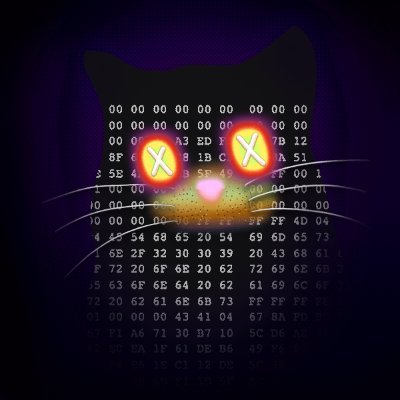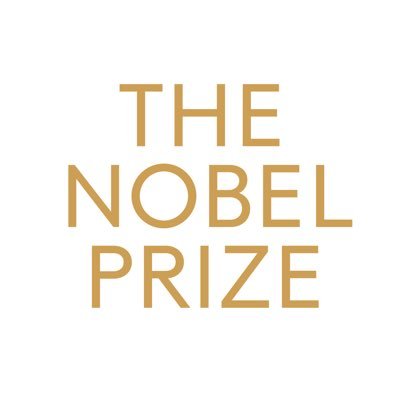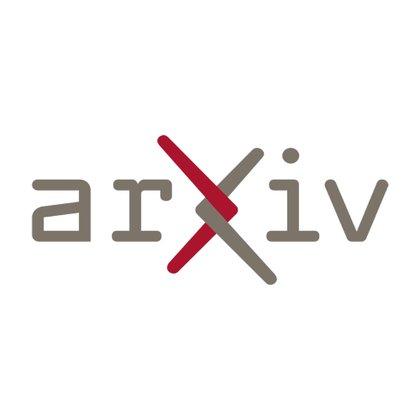
Steve Tippeconnic
@stevetipp
Followers
8K
Following
215K
Media
5K
Statuses
39K
CybersecurityASU grad | IBM_Quantum hobbyist | engineer producer | @BitViewAR
Los Angeles, CA
Joined February 2009
Got https://t.co/2FJ5Dt8PF6 to make sure all my quantum computing has a dedicated site. Uploading experiments including circuit designs, screenshots, and full code. Coding it all with html by hand like the old MySpace days. It has a short explanation of what qubits are, an
4
8
86
I updated my arXiv 5-bit Shor-style ECC key break visual on Qwork (threejs code is open source on GitHub). It now shows the run’s top three key breaks with yellow spheres (as in the 6-bit run), and the side rotation gives a good view of the run’s interference lanes. Interact with
0
2
10
Explore and interact with all my IBM Quantum experiment wave renders at https://t.co/PO5cmfAXQn. Every experiment, including backend run data, is fully open source on my GitHub for anyone who wants to build from them.
2
0
9
The @threejs visual below renders the quantum interference landscape of the E = mc² 4-bit experiment as a wave surface. The green mesh represents the collective quantum amplitudes across all measured bitstring combinations, where peaks mark constructive interference along the
0
0
7
Happy to see this! Big congratulations to John Clarke, Michel H. Devoret and John M. Martinis.
BREAKING NEWS The Royal Swedish Academy of Sciences has decided to award the 2025 #NobelPrize in Physics to John Clarke, Michel H. Devoret and John M. Martinis “for the discovery of macroscopic quantum mechanical tunnelling and energy quantisation in an electric circuit.”
0
0
6
“I broke a 6 bit ECC key with a quantum computer. Ask Me Anything.” - @stevetipp We’re hosting the first-ever AMA on Superpositions with Steve Tippeconnic. Join Superpositions and the AMA here: https://t.co/FKxRQaDbKY Steve is at the forefront of the practical applications of
superpositions.com
Welcome to the first-ever Superpositions AMA with Steve Tippeconnic @SteveTipp! Steve is at the forefront of the practical applications of quantum computing, and he recently used IBM’s 133-qubit...
2
7
23
The @threejs visual below represents the measured output of the 6-bit Shor-style ECC-breaking experiment on ibm_torino. The horizontal plane encodes all possible bitstring results as a 64 x 64 grid, where each coordinate (u, v) corresponds to the two quantum registers. The
4
5
33
There's a platform that lets anyone test a quantum computer TODAY (for free). Here are some of the most interesting experiments run by @stevetipp on real quantum computers. 🧵👇
5
5
28
My IBM quantum 5-bit Shor-style ECC key break has been added to INSPIRE, a database for high-energy physics maintained in collaboration with CERN. https://t.co/Vyu88KNLDv
My IBM quantum 5-bit Shor-style ECC key break has been added to the SAO/NASA Astrophysics Data System, maintained by the Smithsonian Astrophysical Observatory in collaboration with Harvard. https://t.co/WE854J3tDa
2
1
10
Here’s a macro level, simplified, and generic visual comparing a normal Shor factor to my ECC Shor-style attack.
0
1
12
My IBM quantum 5-bit Shor-style ECC key break has been added to the SAO/NASA Astrophysics Data System, maintained by the Smithsonian Astrophysical Observatory in collaboration with Harvard. https://t.co/WE854J3tDa
ui.adsabs.harvard.edu
This experiment breaks a 5-bit elliptic curve cryptographic key using a Shor-style quantum attack. Executed on IBM's 133-qubit ibm_torino with Qiskit Runtime 2.0, a 15-qubit circuit, comprised of 10...
2
8
30
An easy way to think about this circuit is that it’s all about a phase relationship. If you understand this relationship, you’ll get the whole experiment and its code. Note, this is simplified but you should get the overall experiment if you understand. The problem is you don’t
1
1
8
My IBM quantum 5-Bit ECC key break is now on arXiv.
arxiv.org
This experiment breaks a 5-bit elliptic curve cryptographic key using a Shor-style quantum attack. Executed on IBM's 133-qubit ibm_torino with Qiskit Runtime 2.0, a 15-qubit circuit, comprised of...
Breaking a 5-Bit Elliptic Curve Key with a 133-Qubit Quantum Computer ⚛️ This experiment breaks a 5-bit elliptic curve cryptographic key using Shor’s algorithm. Executed on @IBM's 133-qubit ibm_torino with @qiskit, a 15-qubit circuit, comprised of 10 logical qubits and 5
7
16
48
I added a link to download a zip of all my backend results at the bottom of my experiments page too.
0
0
4
Multi-Layer Retrocausal Encryption with IBM's 127-Qubit Quantum Computer ⚛️🔐 This experiment explores retrocausal encryption using quantum entanglement and delayed-choice operations. In quantum mechanics, retrocausality implies that future decisions in a quantum circuit can
2
2
12





